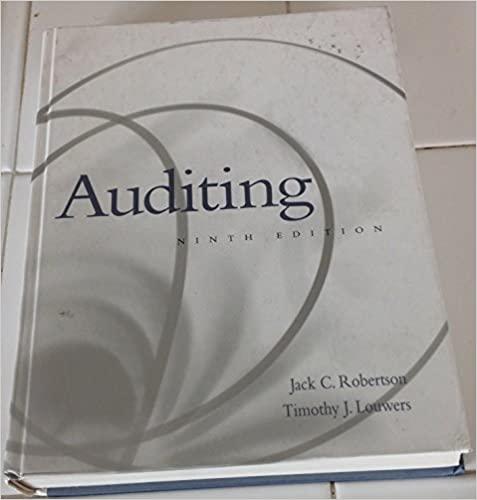Question
Skiax Consolidated, a decentralized company, compensates the management of each division with a fixed salary plus a cash bonus which is a function of the
Skiax Consolidated, a decentralized company, compensates the management of each division with a fixed salary plus a cash bonus which is a function of the divisions profitability. Skiax has three divisions, Molding, Grinding, and Finishing, which must engage in transfer pricing with the other divisions. The Molding Division stacks various layers of material in a mold, and then transfers it to the Grinding division where the semi-finished skis are tuned by stone grinding and belt sanding. The skis are then transferred to the Finishing Division, where a skilled technician selects skis to form a pair and adjusts skis camber. The finished pair of skis is sold to Evo for $250 per unit under a 10-year exclusive contract for 400,000 units. This production level is equal to the Molding Divisions annual capacity. Currently, Skiax requires the Molding Division to transfer their total annual output of 400,000 units of material to the Grinding Division at total (actual) manufacturing cost plus a 10 percent markup. The Molding Divisions total manufacturing cost per unit is $80. The Grinding Division is also required to transfer their total output to the Finishing Division at a 15 percent markup of total manufacturing cost plus the transfer cost from the Molding Division. The total manufacturing cost per unit are $40 and $20, for the Grinding and Finishing divisions, respectively. Notably, there is an outside market for the semi-finished skis prior to Grinding of approximately $110 per unit. There is also a market for the unfinished skis subsequent to Grinding at approximately $160 per unit. The managers of the Molding Division and the Grinding Division are unhappy with the transfer rules. In a meeting with the Skiax Board of Directors the supervising manager of Grinding said, Why should my division be required to sell skis to the Finishing Division at less than market price?!. The head manager of the Molding Division argued, We incur the highest manufacturing cost and are required to sell it at a measly mark-up, which is far below market value. The Finishing Division has been reporting a huge profit. I am assuming that she uses her performance bonuses to make the payments on his brand new Tesla! The senior manager of the Finishing Division was quick to remind the other managers that she has been a personal friend of the purchasing manager at Evo and that its commitment to purchasing Skiax skis is a function of that personal relationship. Division Managers are compensated as a percentage of their divisions residual income (RI). The current year percentage is 5.65%. Thus, if the Molding Division reported an RI of $100,000 they would receive a bonus of $5,650. RI is calculated with the firms cost of capital of 8%. Divisional assets are $52 million for Molding Division, $47 million for the Grinding Division and $248 million for the Finishing Division. The CFO has called for a meeting to discuss company-wide and divisional profits, as well as Division General Managers bonuses. In preparation of the meeting, the CFO has required each Division General Manager to calculate their bonus under two assumptions: (i) the use of the existing transfer pricing; (ii) the use of the market prices for the Molding and Grinding divisions.
Step by Step Solution
There are 3 Steps involved in it
Step: 1

Get Instant Access to Expert-Tailored Solutions
See step-by-step solutions with expert insights and AI powered tools for academic success
Step: 2

Step: 3

Ace Your Homework with AI
Get the answers you need in no time with our AI-driven, step-by-step assistance
Get Started


